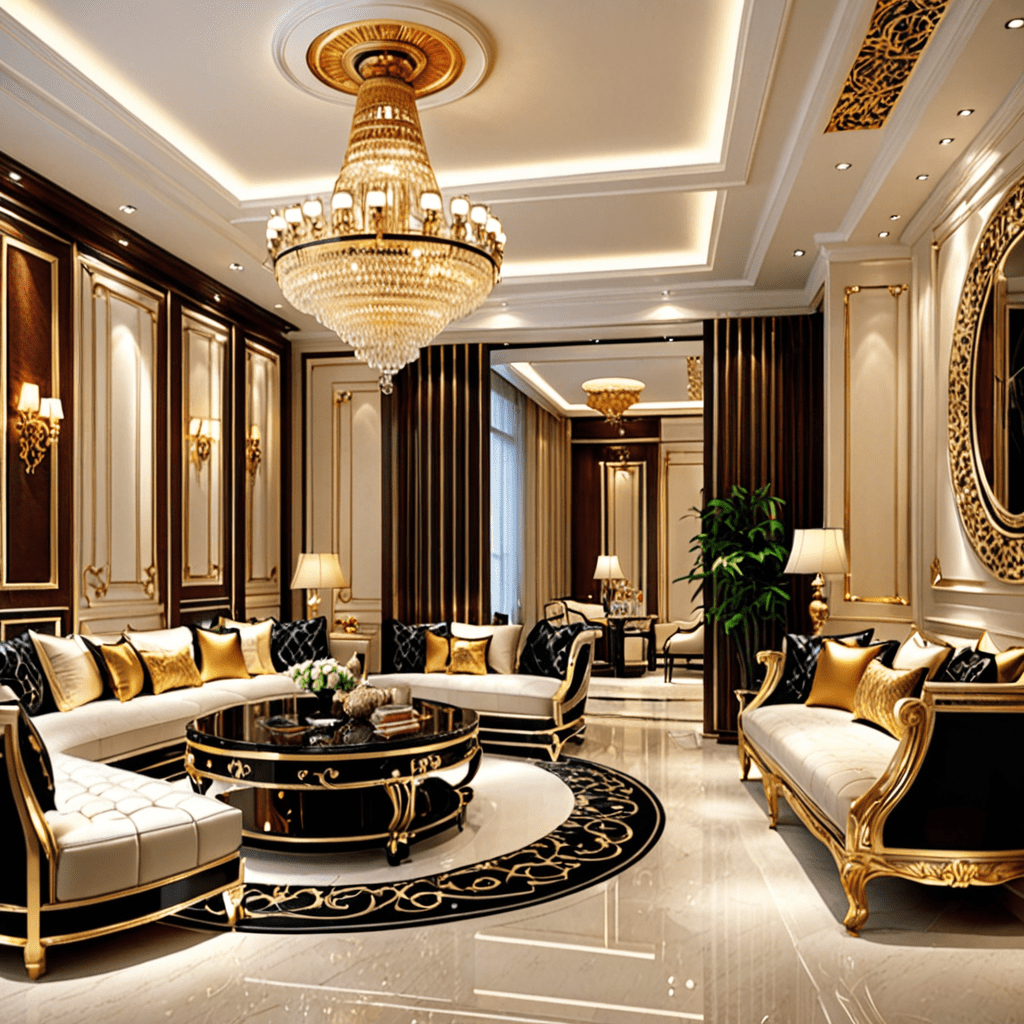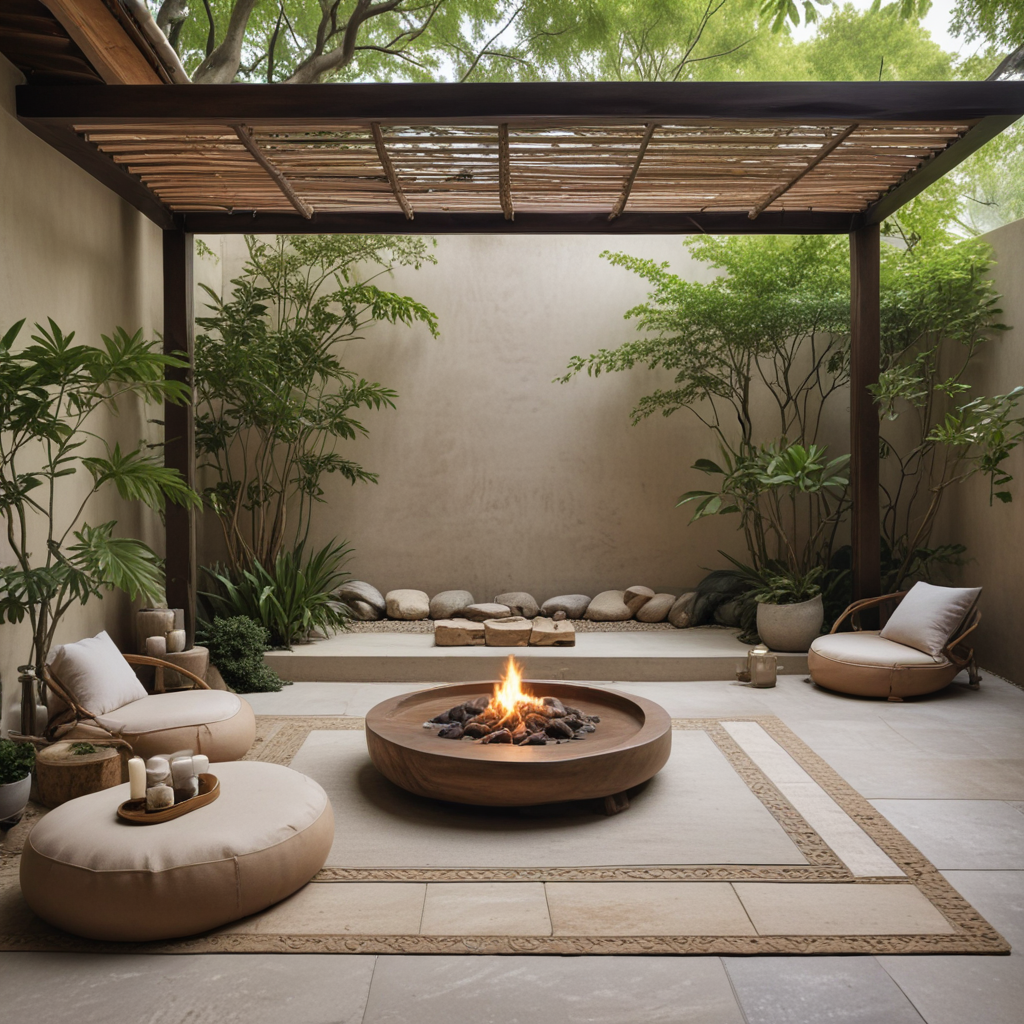Incorporating Biophilic Design into Your Home


Incorporating Biophilic Design into Your Home
Introduction to Biophilic Design
Biophilic design is a concept that emphasizes the incorporation of natural elements into the built environment to enhance human well-being and connection with nature. By integrating natural materials, patterns, and features into your home, you can create a space that promotes relaxation, reduces stress, and fosters a sense of tranquility.
Benefits of Biophilic Design in the Home
Bringing nature indoors through biophilic design offers numerous benefits for homeowners:
- Improved Mood and Well-being: Exposure to natural elements has been shown to reduce stress levels, improve mood, and increase overall well-being.
- Increased Productivity: Studies have found that working in environments with natural light and greenery can enhance productivity and creativity.
- Improved Sleep Quality: Incorporating natural elements into your bedroom can promote relaxation and improve sleep quality.
- Enhanced Cognitive Function: Access to natural light and outdoor spaces can improve cognitive function and memory.
- Reduced Energy Consumption: Biophilic design principles, such as natural ventilation and daylighting, can reduce energy consumption and create a more sustainable home.
Elements of Biophilic Design
When incorporating biophilic design into your home, consider the following key elements:
- Natural Light and Ventilation
- Natural Materials and Textures
- Biomorphic Forms and Patterns
- Plant Life and Greenery
- Water Features
Biomorphic Forms and Patterns
In biophilic design, biomorphic forms and patterns mimic the shapes and structures found in nature. This can include curved lines, organic shapes, and fractals. By incorporating these elements into your home, you can create a space that feels more natural and inviting.
Plant Life and Greenery
Plants are a vital part of biophilic design. They bring life, color, and texture to a space, and they can also help to improve air quality. When choosing plants for your home, opt for those that are native to your area and that will thrive in the indoor environment.
Water Features
Water features can add a sense of tranquility and relaxation to your home. The sound of flowing water can be soothing and calming, and it can also help to create a sense of connection with nature. Consider adding a small fountain, waterfall, or aquarium to your home.
Natural Scents and Sounds
Natural scents and sounds can also help to create a more biophilic environment. Scents such as lavender, pine, and citrus can promote relaxation and well-being. Natural sounds, such as the sounds of birds chirping, waves crashing, or wind rustling through leaves, can also be soothing and calming.
Outdoor Spaces and Connections
Outdoor spaces are an important part of biophilic design. Having access to nature can help to reduce stress, improve mood, and boost creativity. If you have the space, create an outdoor seating area, a garden, or a walking path. Even if you don't have a lot of outdoor space, you can still bring nature indoors by opening windows, adding plants, or using natural materials in your décor.
FAQ
What are some of the benefits of biophilic design?
Biophilic design can offer numerous benefits, including improved mood and well-being, increased productivity, enhanced cognitive function, and reduced energy consumption.
How can I incorporate biophilic design into my home?
There are many ways to incorporate biophilic design into your home, including using natural light and ventilation, natural materials and textures, biomorphic forms and patterns, plant life and greenery, water features, natural scents and sounds, and outdoor spaces and connections.
What are some of the best plants for biophilic design?
Some of the best plants for biophilic design include those that are native to your area and that will thrive in the indoor environment. Some popular choices include snake plants, ferns, succulents, and peace lilies.




